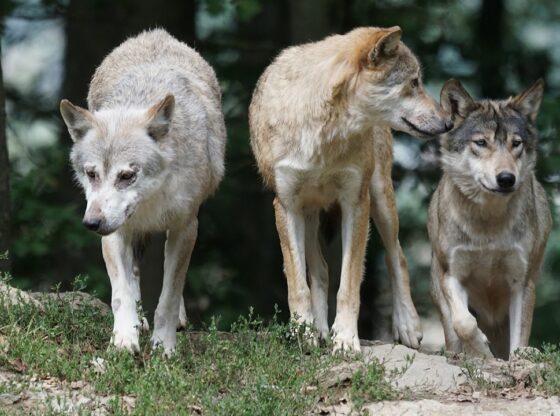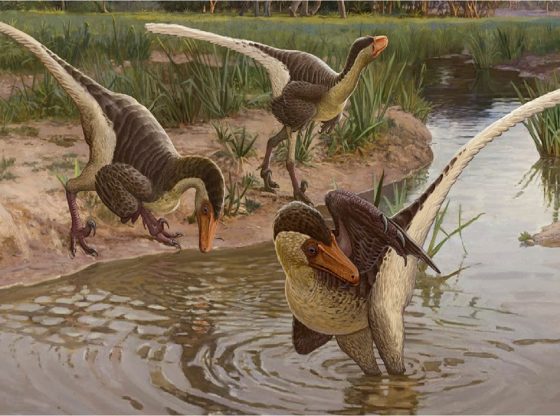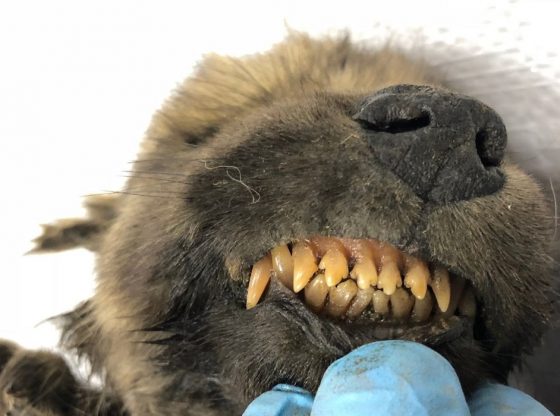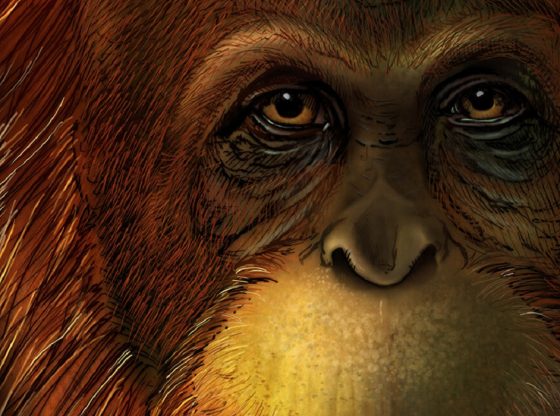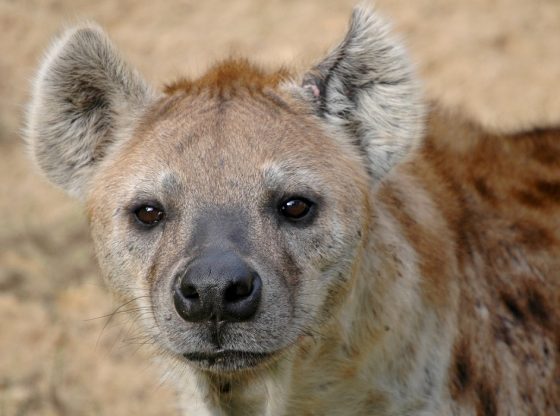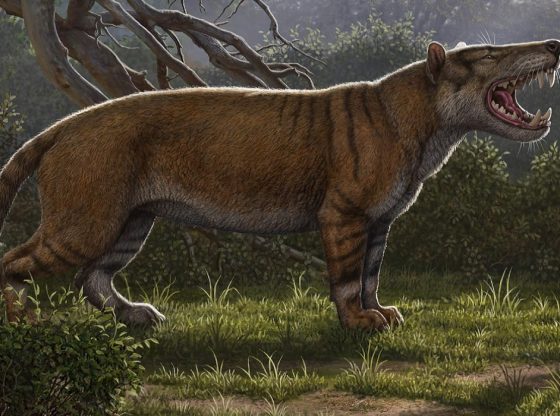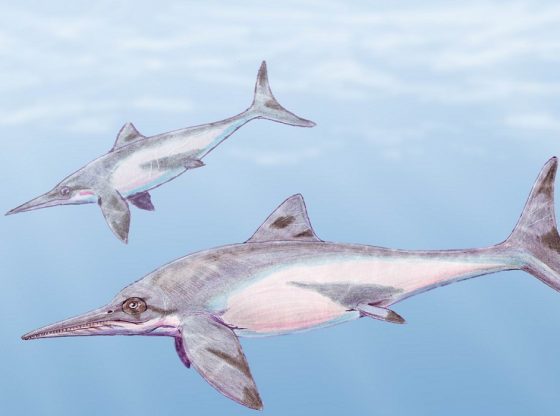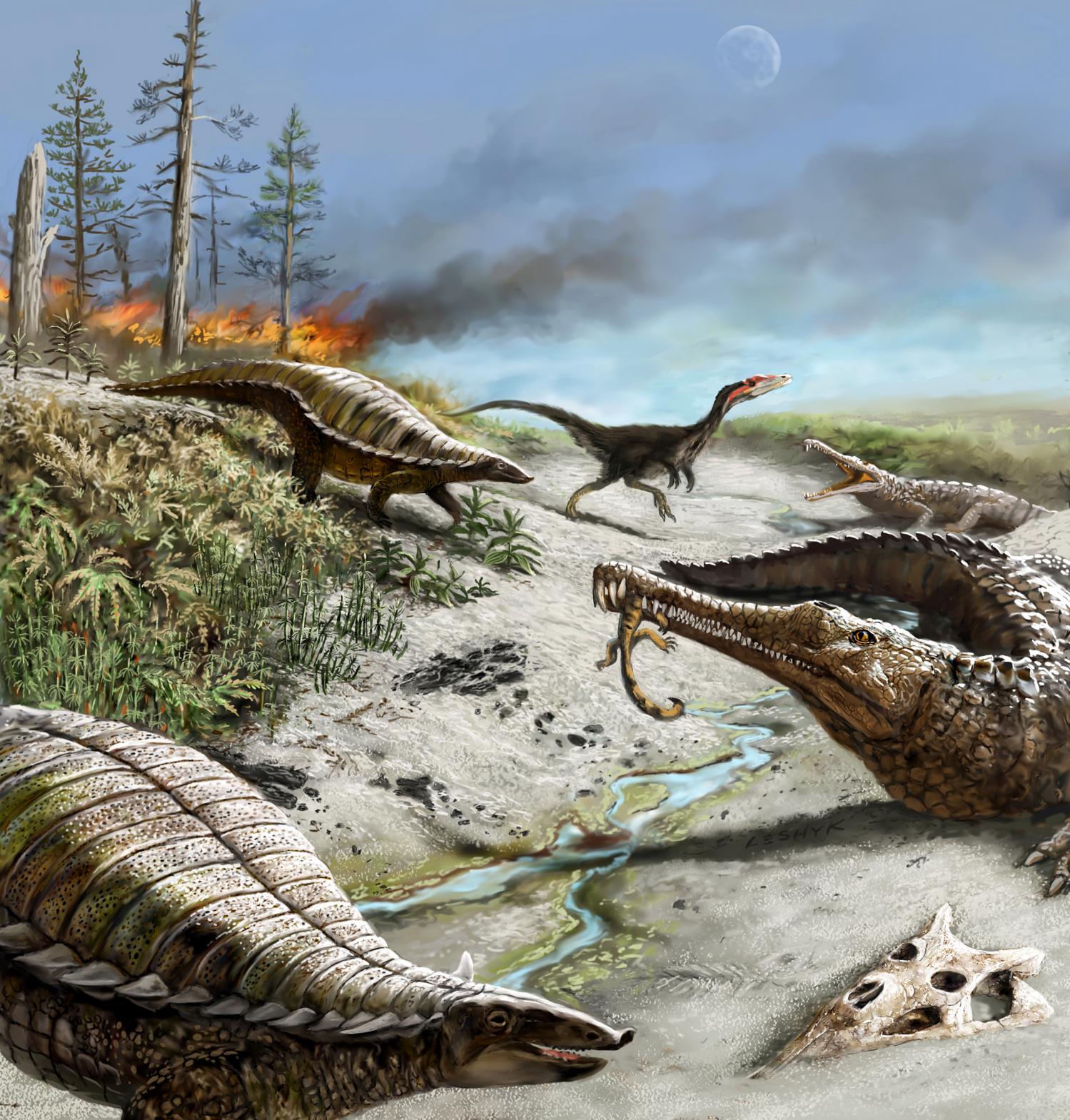
Only fossils of small dinosaurs from the Triassic period have been found around the equator, this fact has long puzzled paleontologists. Higher latitudes in both the Northern and Southern hemispheres show large quantities of giant dinosaurs during the Triassic period. Some 30 million years later, the areas around the equator begin to show the presence of larger dinosaurs.
A new study published in the Proceeding of the National Academy of Sciences offers new insights into why this is. The researchers used a variety of advanced techniques aiming to solve the mystery.
They investigated an area known as Ghost Ranch in New Mexico, which 200 million years ago was at the equator. They took samples from sediments some 205-215 million years old and in these samples, they found fossilized pollen, spores, charcoal, and animals.
They found a remarkably small portion of fossils from dinosaurs, only 15 percent. The rest of the fossils consisted of early reptiles and relatives to the crocodile family of animals. These apparently coped with whatever made the giant dinosaurs to avoid the area.
From this information, they were able to establish that the climate during this period was extremely inhospitable around the equator. Severe drought and heat were succeeded by rainy seasons. These changes probably had disruptive effects on vegetation and wildlife.
When droughts were at their worst, forest fires rage with extreme temperatures reaching 600 degrees Celsius. Since plants most probably struggled to survive, the rest of the food cycle was affected and larger herbivores and carnivores were simply not supported by the land.
The carbon dioxide present at this time were four to six! times as high as today. This is a large part the period of Earth’s history that constitutes today’s findings of fossil fuels.
______________
Extreme ecosystem instability suppressed tropical dinosaur dominance for 30 million years
____________________________

